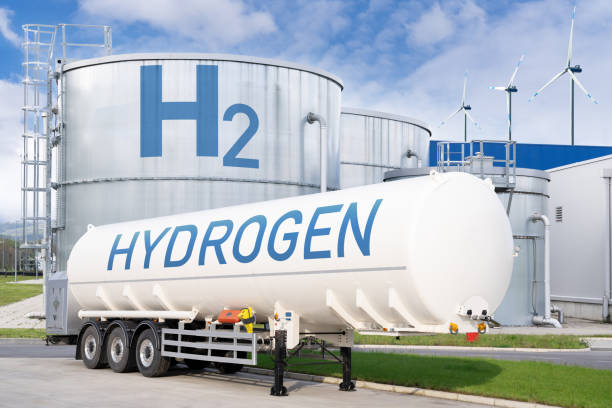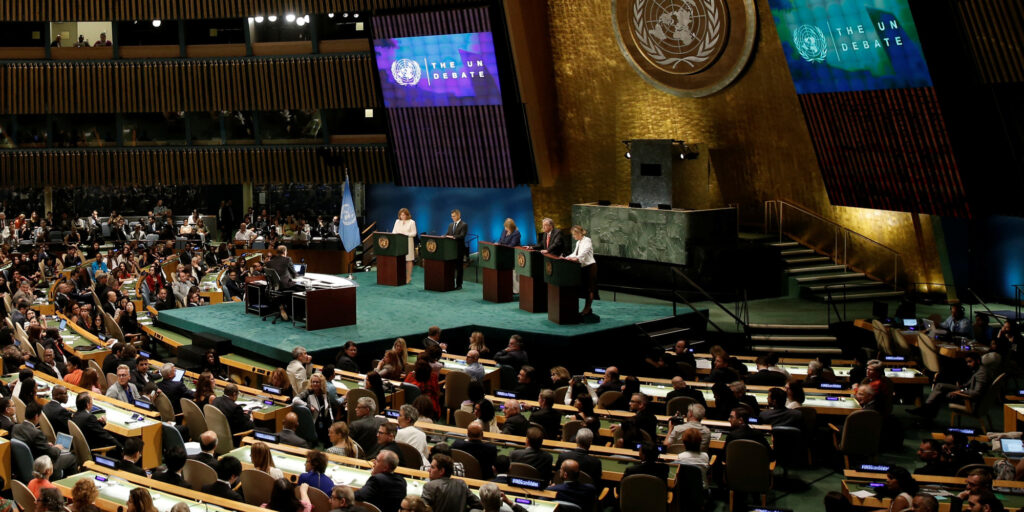The recently concluded Conference of Parties (COP28) was significant for many reasons. One crucial reason is the global stocktake (GST). The global stocktake reveals the collective progress of member states and other stakeholders toward meeting the goals of the Paris Agreement. This stocktake informs countries and investors on the world’s climate action trajectory, identifying the gaps and collaborative areas; this is why COP28 was primarily significant.
Who oversees the GST?
The Conference of the Parties (the CMA) is the governing body overseeing the implementation of the Paris Agreement and comprises representatives of the countries’ signatories. The technical aspect of the work is carried out by two subsidiary bodies (SBs), the SB for Scientific and Technological Advice (SBSTA) and the SB for Implementation (SBI). The former is responsible for the data collation and technical components of the GST, while the latter assists in the final implementation phase.
What does the GST reveal?
The Paris Agreement designed the GST to start in 2023 and occur every 5 years. The stocktake process takes two years to conclude and comprises data gathering technical and political phases. The respective phases involve the information collection, technical assessment and consideration of outputs at COP sessions, where the implications of the findings are presented to the Parties. Upon the GST conclusion, a two-year process to 2025 would commence, during which countries must update their Nationally Determined Contributions.
The stocktake is benchmarked against the below-listed Paris Agreement goals under Article 2:
- Drastically reduce greenhouse gas emissions (GHG) to keep global warming below 2°C and ideally 1.5°C
- Build resilience and reduce vulnerability to climate impacts
- Secure finance and support for low-carbon and climate-resilient development.
The first GST synthesis report revealed 17 key findings and concluded that nations are off-track to meeting global emissions targets. Some of these findings are:
1. Global emissions are not in line with modelled global mitigation pathways consistent with the Paris Agreement’s temperature goal, and the window to raise ambition is rapidly narrowing.
2. More ambition in action and support is needed to implement domestic mitigation measures and set more ambitious targets in NDCs to realize existing and emerging opportunities across contexts to reduce global GHG emissions.
3. Economic diversification is a crucial strategy to address the impacts of response measures with various options that can applied in different contexts.
4. Capacity-building is foundational to achieving broad-ranging and sustained climate action and requires practical country-led and needs-based cooperation to ensure capacities are enhanced and retained over time at all levels.
5. Making financial flows – international and domestic, public and private – consistent with a pathway toward low greenhouse gas emissions and climate-resilient development entails creating opportunities to unlock trillions of dollars and shift investments to climate action across scales.
As a result of these findings, the COP28 summit concluded with a signed deal to transition away from oil, gas and coal.
What does Nigeria need?
These findings are certainly not favourable to Nigeria and developing countries. The Nigerian Energy Transition Plan (ETP) posits gas as its transition fuel, with national leaders such as the director of Nigeria’s National Council on Climate Change (NCCC) expressing his displeasure with the signed deal. The advent of this closed deal to move away from oil, gas, and coal muddles the trajectory of Nigeria’s ETP. Consequently, Nigeria must re-evaluate investment strategies and actively diversify its revenue sources, particularly its foreign exchange earnings, as oil accounts for 95%. Thus, while action is proceeding, much more is needed now on all fronts. The nation’s leaders must advance the political will to implement carbon mitigation and abatement strategies and ease global warming.



